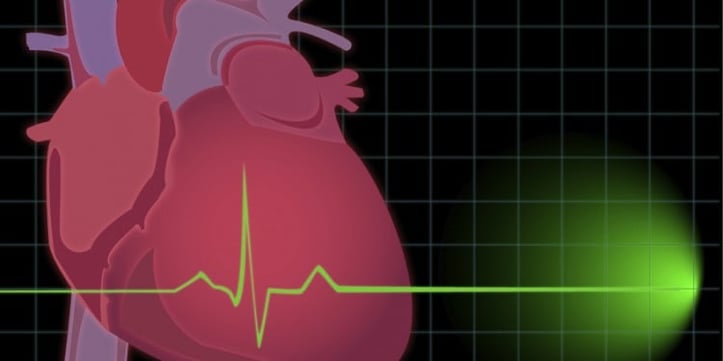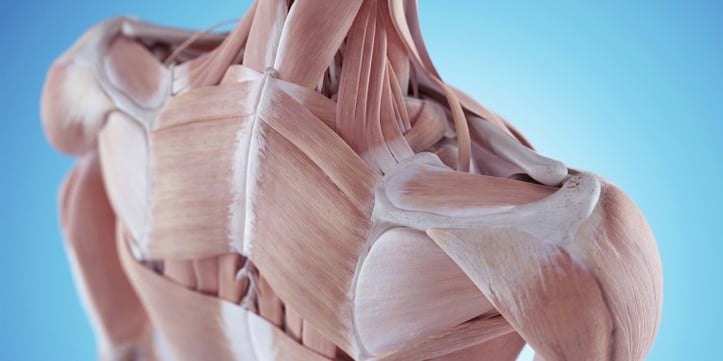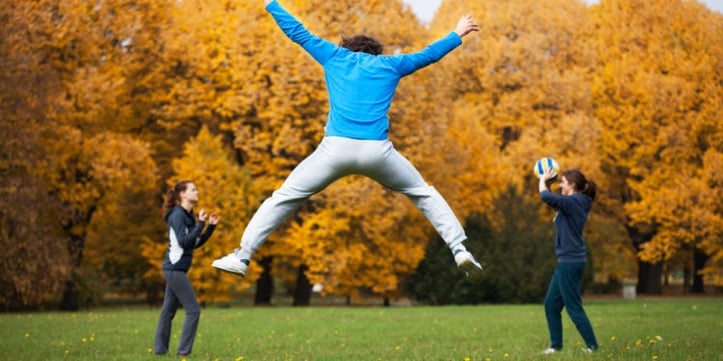Navigating Exercise with COVID-19: A Guide to Safe Recovery & Return to Fitness

Navigating Exercise with COVID-19: A Guide to Safe Recovery & Return to Fitness
The COVID-19 pandemic has reshaped many aspects of our daily lives, and our approach to physical activity is no exception. As the virus continues to circulate, a crucial question arises for many: Is it safe to exercise when infected with COVID-19, or during the recovery phase? This comprehensive guide will explore the virus's impact on the body, the current expert consensus on exercising with an active infection, and provide evidence-based guidelines for a safe and gradual return to your fitness routine post-COVID.
Understanding COVID-19's Impact on Your Body: More Than Just a Cold
COVID-19, caused by the SARS-CoV-2 virus, is primarily a respiratory illness, but its effects can be far-reaching and vary significantly from person to person. While some individuals experience mild, cold-like symptoms, others can develop severe complications such as pneumonia, acute respiratory distress syndrome (ARDS), and even multi-organ involvement.
Crucially, even after the acute infection subsides, a significant number of individuals report lingering symptoms, a condition often referred to as "Long COVID" or Post-COVID Syndrome. These can include persistent fatigue, shortness of breath (dyspnea), muscle weakness, "brain fog," and exercise intolerance.
Furthermore, SARS-CoV-2 is known to impact the cardiovascular system. It can trigger inflammation (including myocarditis, an inflammation of the heart muscle), increase the risk of blood clots, and potentially lead to other heart-related complications. This is a critical consideration when thinking about physical exertion. As reported by institutions like the Mayo Clinic, even mild cases can sometimes affect the heart.
The Critical Question: Is It Safe to Exercise With an Active COVID-19 Infection?
The overwhelming expert consensus is NO, it is generally not safe or advisable to exercise while you have an active COVID-19 infection, regardless of symptom severity.
Here's why:
- Increased Physiological Stress: Exercise, by its nature, places demands on your cardiovascular, respiratory, and musculoskeletal systems. When your body is already fighting an infection, adding the stress of exercise can hinder your immune response, potentially prolonging illness or worsening symptoms.
- Risk of Worsening Symptoms: Physical activity can increase your heart rate, blood pressure, and respiratory rate. If you have respiratory symptoms like coughing or shortness of breath, exercise can exacerbate them.
- Potential Cardiac Strain: Given COVID-19's potential to affect the heart (even asymptomatically in some cases), exercising during an active infection could put undue strain on the heart muscle, increasing the risk of complications like myocarditis or arrhythmias. The American College of Cardiology (ACC) has issued guidance emphasizing caution with return to play for athletes, highlighting cardiac concerns.
- Impaired Recovery: Your body needs to allocate its energy resources towards fighting the virus and repairing damaged tissues. Diverting energy to exercise can delay this crucial recovery process.
The American College of Sports Medicine (ACSM), a leading authority in exercise science, explicitly advises that individuals with COVID-19 symptoms (fever, body aches, fatigue, etc.) should refrain from exercise until they have been asymptomatic for a specified period and, ideally, cleared by a healthcare provider. This recommendation also extends to those who are asymptomatic but have tested positive.
If you experience severe symptoms such as significant shortness of breath at rest, chest pain or pressure, confusion, or bluish lips or face, seek immediate medical attention. Exercise is absolutely contraindicated in such situations.
Returning to Exercise After COVID-19: A Gradual and Mindful Approach
Once you have fully recovered from the acute phase of COVID-19 (meaning your symptoms have resolved and you've completed any required isolation period), a gradual and cautious return to physical activity is key. It is highly recommended to consult your healthcare provider before resuming exercise, especially if you experienced moderate to severe symptoms, have underlying health conditions, or are an athlete.
The following guidelines, adapted from expert bodies like the ACSM and the British Journal of Sports Medicine (BJSM), can help you navigate this process safely:
Phase 1: Rest & Symptom Resolution (Minimum 7-10 days symptom-free)
- Focus entirely on rest and recovery. Ensure you are fully symptom-free for at least 7 days (some guidelines suggest 10 days) without the use of fever-reducing medications.
Phase 2: Very Light Activity (Start after Phase 1, for at least 7 days)
- Activities: Gentle walking, light household chores, stretching, breathing exercises.
- Intensity: Very light (Rate of Perceived Exertion [RPE] 6-8 on a 20-point scale; you should be able to hold a full conversation easily).
- Duration: Start with 10-15 minutes per day.
- Listen to Your Body: If any symptoms return (excessive fatigue, shortness of breath, chest pain, palpitations), stop and rest. Consult your doctor if symptoms persist.
Phase 3: Light to Moderate Activity (If Phase 2 is well-tolerated for 7 days)
- Activities: Brisk walking, light jogging (if you were a runner), cycling on flat terrain, light bodyweight exercises, yoga.
- Intensity: Light to moderate (RPE 9-11). You should be able to talk comfortably.
- Duration: Gradually increase to 30 minutes per day. Add no more than 10-15 minutes per session on subsequent days if feeling well.
- Frequency: Aim for every other day initially, allowing for rest days.
Phase 4: Moderate to Vigorous Activity (If Phase 3 is well-tolerated for 7 days)
- Activities: Running, cycling with some inclines, swimming, strength training with light to moderate weights, sport-specific drills (if applicable).
- Intensity: Moderate (RPE 12-14). Your breathing is deeper, but you can still speak in short sentences.
- Duration: Gradually increase duration and frequency.
- Progression: Increase only one variable at a time (duration, intensity, or frequency) by no more than 10-15% per week.
Phase 5: Return to Pre-COVID Exercise Levels (If Phase 4 is well-tolerated)
- Gradually return to your normal training routine, intensity, and duration. Continue to monitor for any unusual symptoms.
Key Principles for Your Return to Exercise:
- "Start Low and Go Slow": This cannot be overemphasized. Patience is crucial.
- Listen Intently to Your Body: This is more important than any prescribed plan. Fatigue, shortness of breath disproportionate to effort, chest pain, palpitations, or dizziness are red flags.
- Monitor Your Heart Rate (Optional but Helpful): If you use a heart rate monitor, be aware of unusually high heart rates for a given effort level, or a slow recovery of heart rate post-exercise.
- Prioritize Rest and Sleep: Adequate sleep (7-9 hours for most adults) is vital for recovery and immune function.
- Stay Hydrated and Nourished: Maintain good hydration and a balanced diet to support your body's recovery.
- Don't Compare to Pre-COVID Fitness: It will take time to regain your previous fitness levels. Be kind to yourself.
When to Stop Exercising and Seek Medical Attention Immediately
If you experience any of the following symptoms during or after exercise post-COVID, stop all activity and consult your healthcare provider without delay:
- Chest pain, pressure, or tightness
- Unusual shortness of breath or difficulty breathing (more than expected for the effort)
- Heart palpitations, fluttering, or irregular heartbeat
- Dizziness, lightheadedness, or near-fainting
- Extreme or persistent fatigue not relieved by rest
- Fever or return of other COVID-19 symptoms
- Swelling in the legs
Navigating Your Fitness Journey with Care
Exercising with an active COVID-19 infection carries significant risks and is strongly discouraged. The journey back to fitness after COVID-19 requires a patient, mindful, and individualized approach, ideally guided by your healthcare provider.
By understanding the virus's potential impacts and adhering to a gradual return-to-activity plan, you can safely rebuild your strength and stamina. Remember, prioritizing your long-term health and well-being is paramount. Listen to your body, respect its signals, and don't hesitate to seek professional guidance.
Have you navigated returning to exercise after COVID-19? Share your experiences or questions in the comments below – your insights could help others on their recovery journey.

Fit vs Fat: Decoding Health's True Ruler

Pump Up Your Heart: Science-Driven Weight Loss

Wellness Technology: Your Path to Sustainable Weight Loss

A Sensible Guide to Dietary New Year's Resolutions

Prevent Shoulder and Rotator Cuff Injuries with Corrective Exercises

Overcome Fitness Plateaus: 4 Tips for Success

10 x 10 Thanksgiving Day Circuit: A Fitness Guide

Unleash Your Fitness Potential with Kit Rich's Training Secrets

The Future of Fitness: A Guide for Beginners to Intermediates

